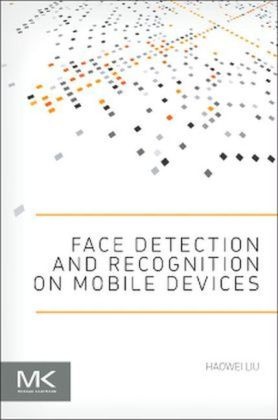Read more
Informationen zum Autor Haowei Liu is a software engineer in the Perceptual Computing Group at Intel. Previously he was with the exploratory computer vision group at IBM’s TJ Watson Center, where he built computer vision algorithms into products (the IBM S3 system). He has published papers in conferences, journals, book volumes, and tech reports, has been a presenter and session chair/committee member for various conferences, and has served as an associate editor for journals in the computer vision field. Klappentext Computer Vision on Mobile Devices describes the latest developments in mobile computer vision, including design choices and methodologies for adapting computer vision algorithms to mobile hardware and software. It explains the challenges of mobile devices, such as power consumption, limited memory/storage, and low networking bandwidth, showing how they differ from PC platforms, and suggests techniques and applications that mitigate them. Learn how to leverage emerging applications of computer vision to provide innovative and rich interactive experiences for users of mobile devices. The book covers the key issues of computer vision: object recognition, face detection, gesture recognition, and 3D object reconstruction, using example applications to illustrate the mobile device challenges of each. It surveys the landscape of platforms, software, and processors and how they impact mobile application decisions, and describes how other sensors built into mobile devices, such as accelerometers, can be useful in tackling computer vision problems. As a member of Intel's perceptual computing group, the author also offers guidance on the CV roadmap that Intel has outlined for the post-PC era.
List of contents
1. Introduction 2. Object and Scene Recognition 3. Face Detection and Recognition 4. Human Activity and Gesture Recognition 5. 3D Object and Scene Reconstruction 6. Sensor Fusion 7. Platforms 8. Software and SDKs 9. Processors 10. Intel's Role and Roadmap 11. Conclusions
Report
"This book is intended to address the special needs and possibilities of face detection and recognition on a mobile platform." -- Computing Reviews

